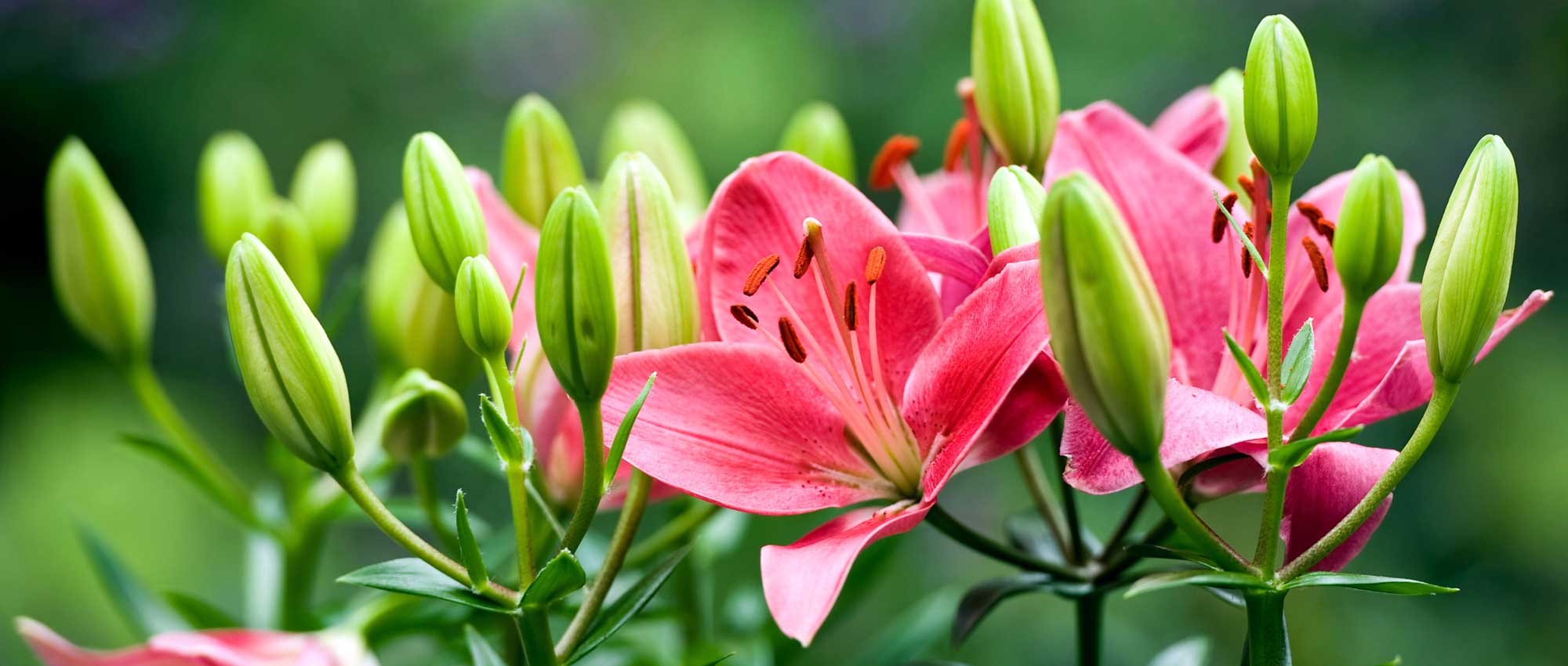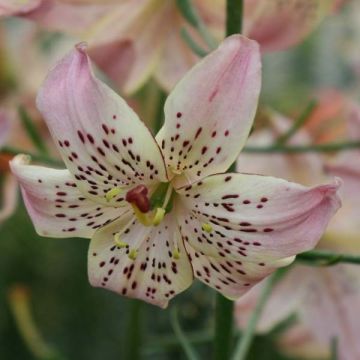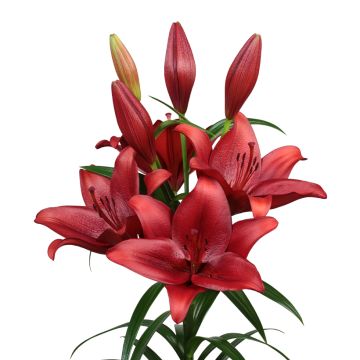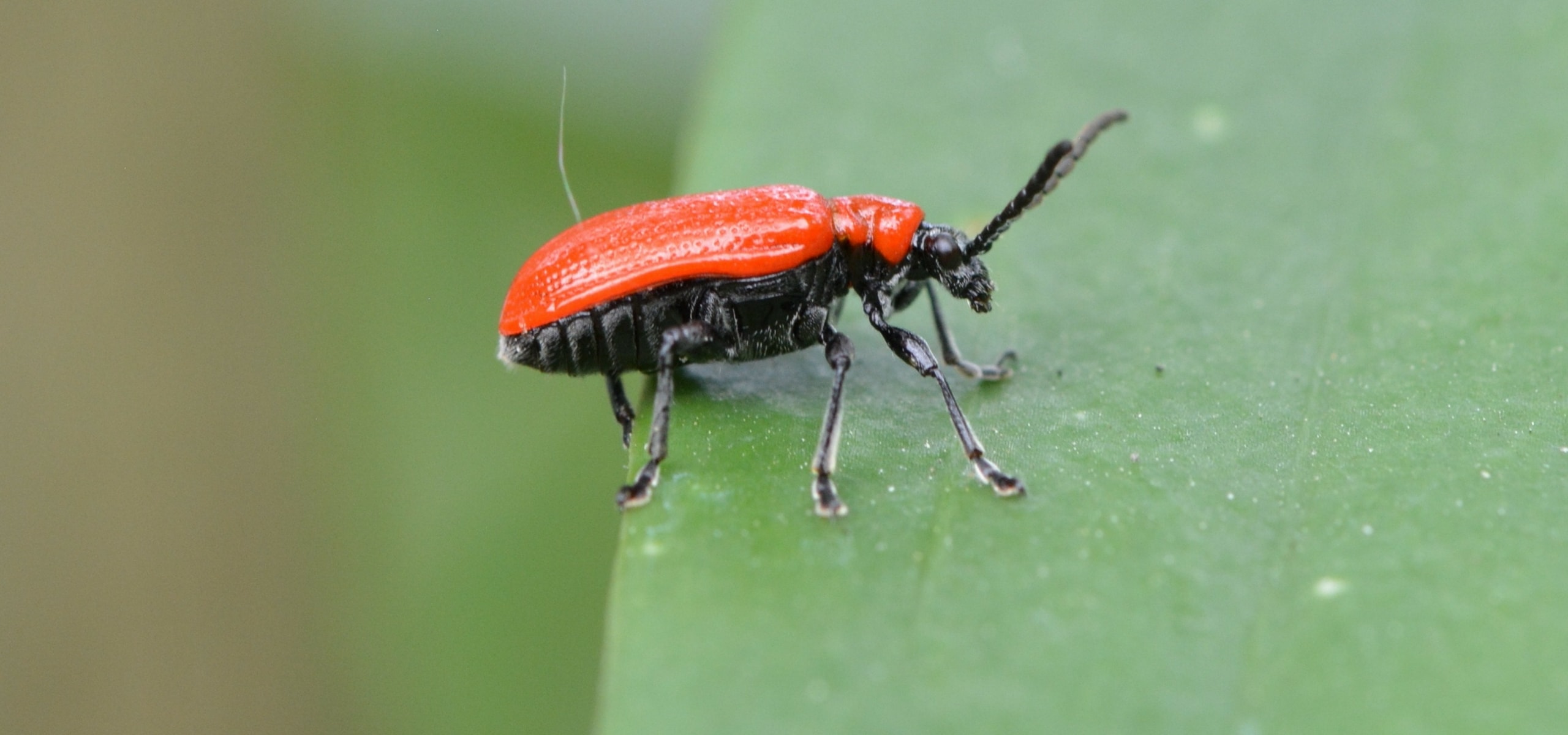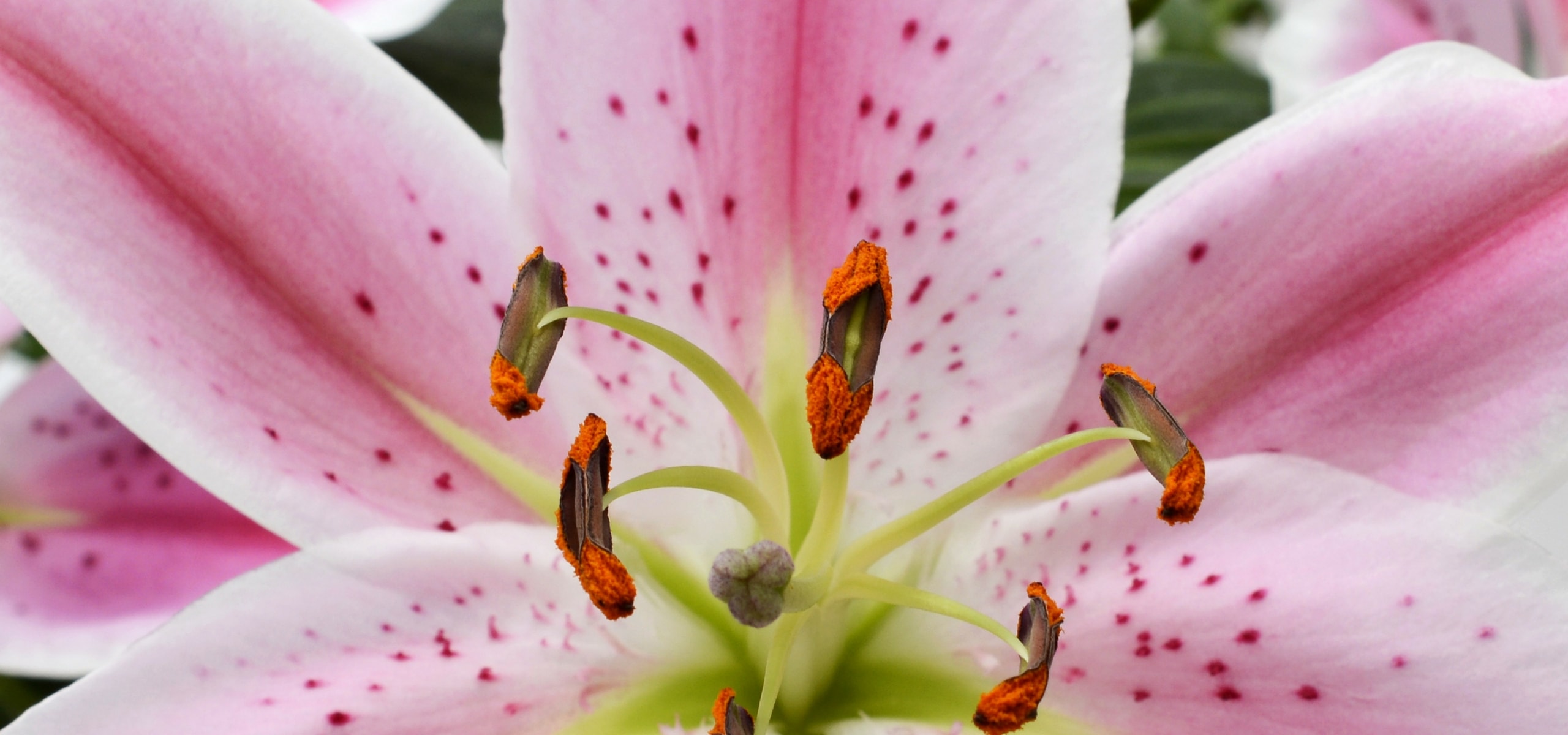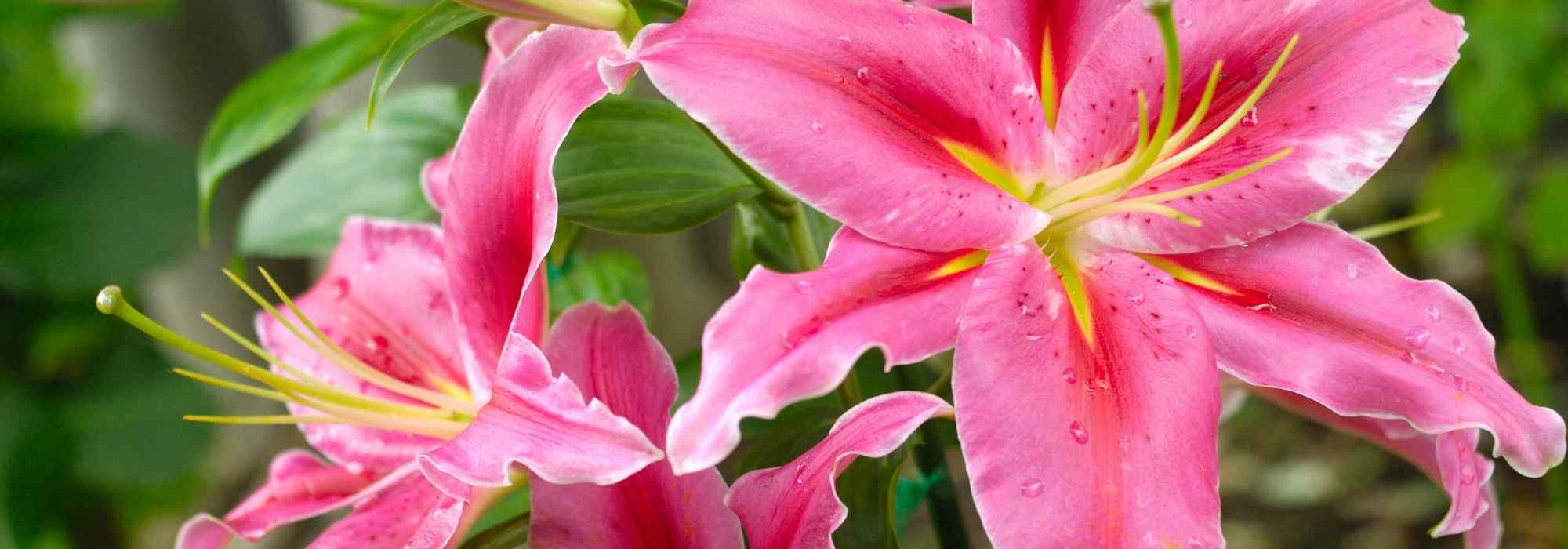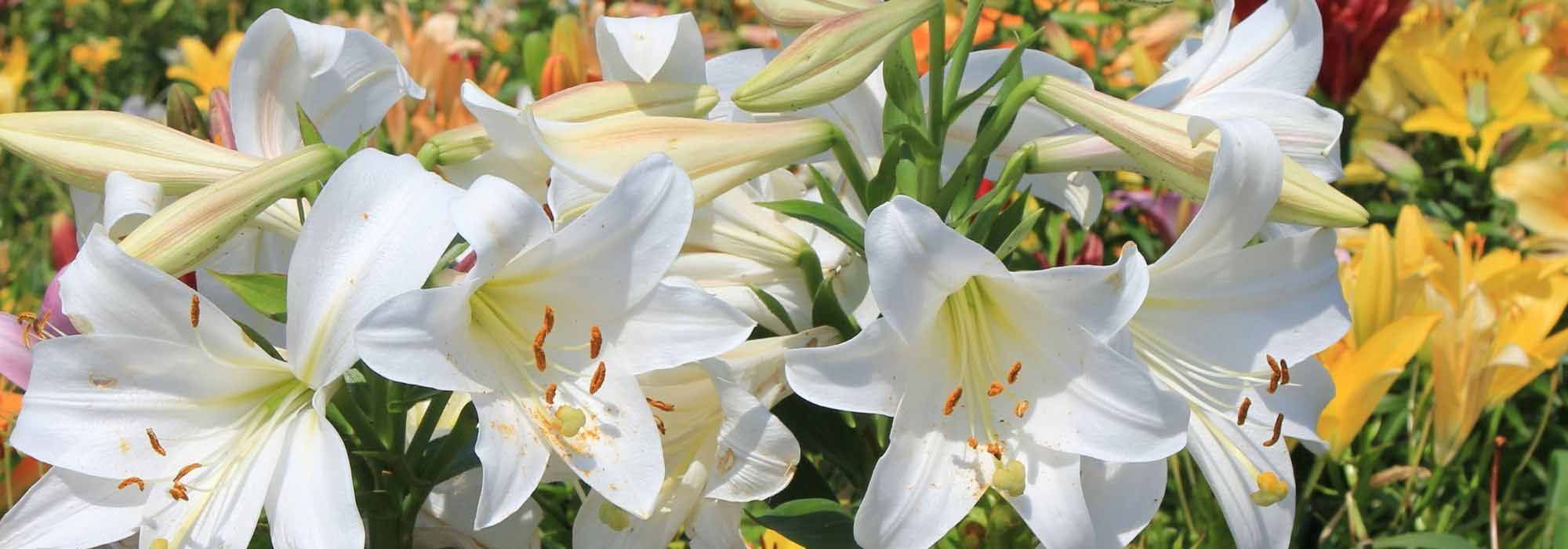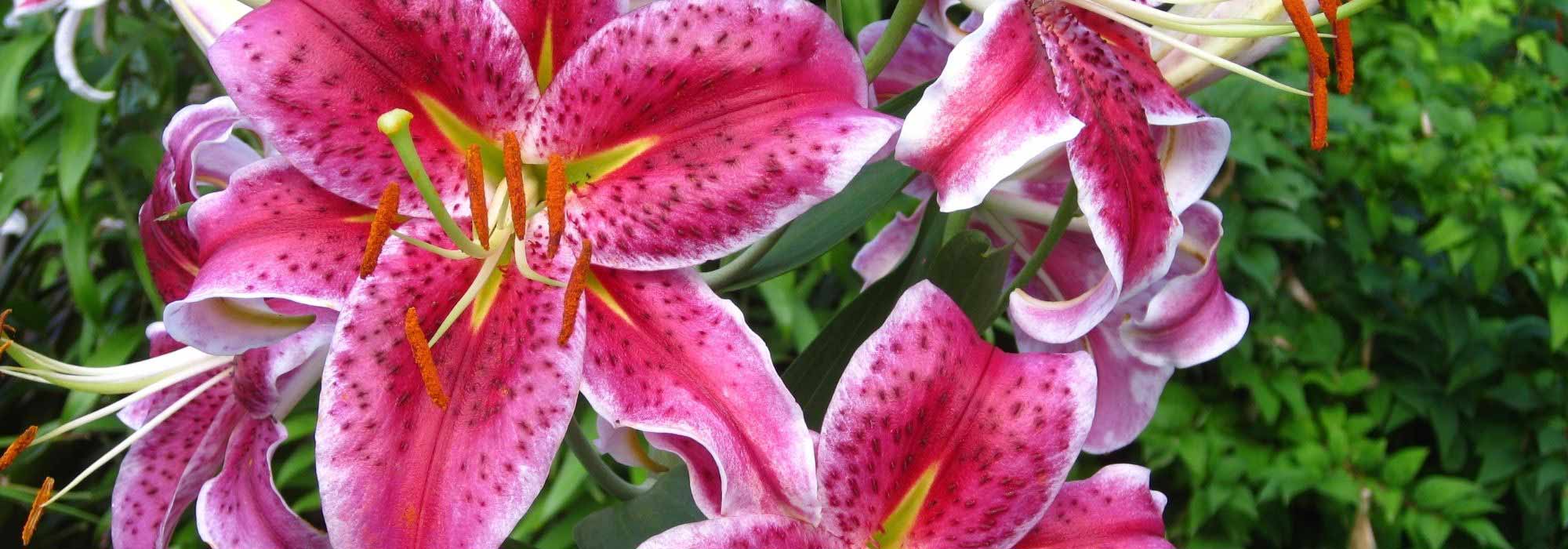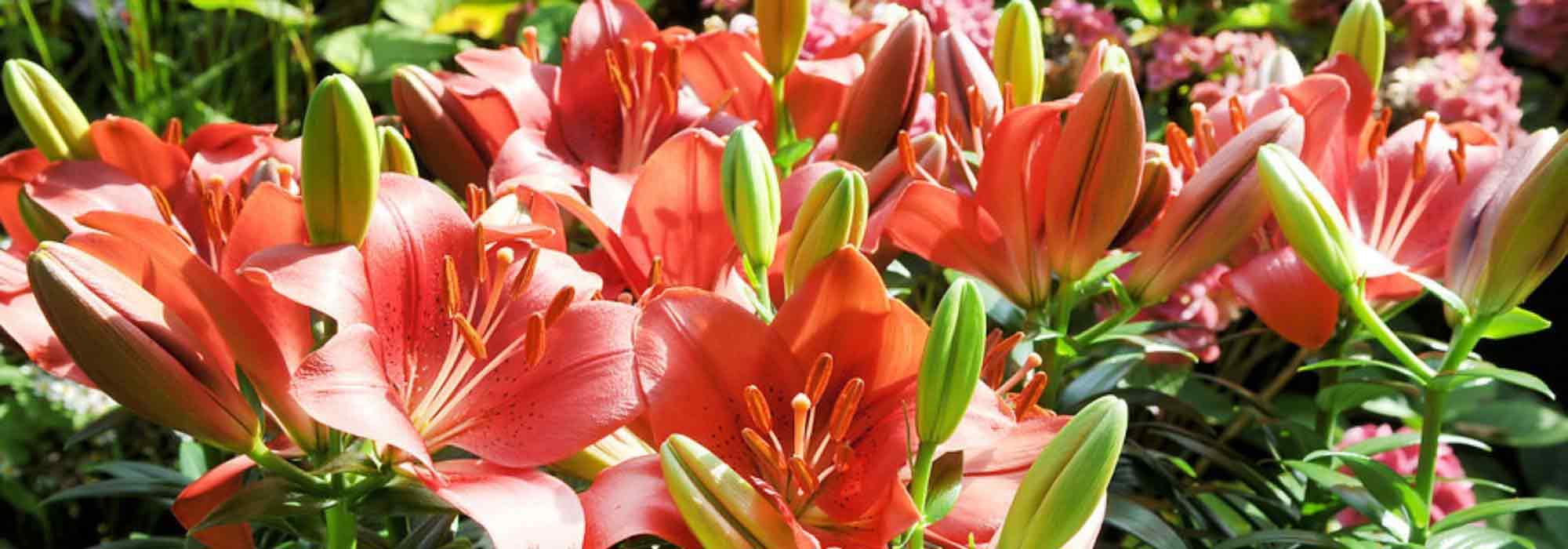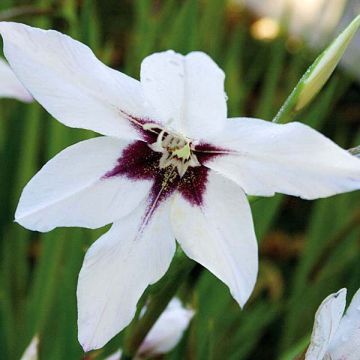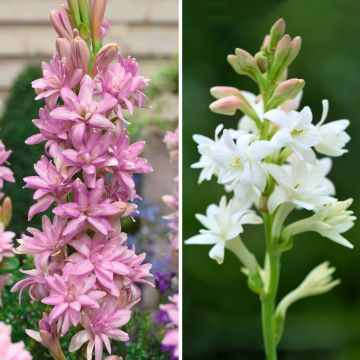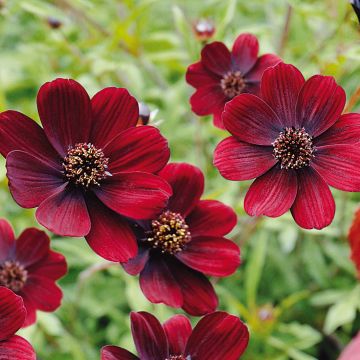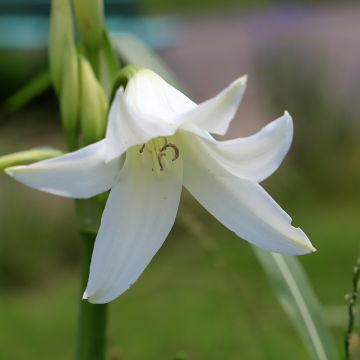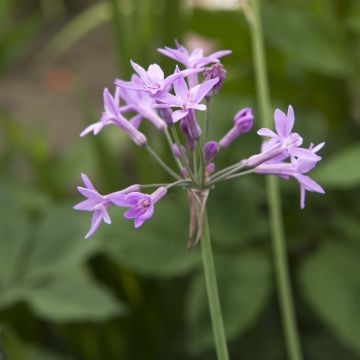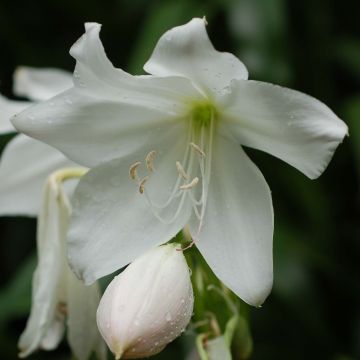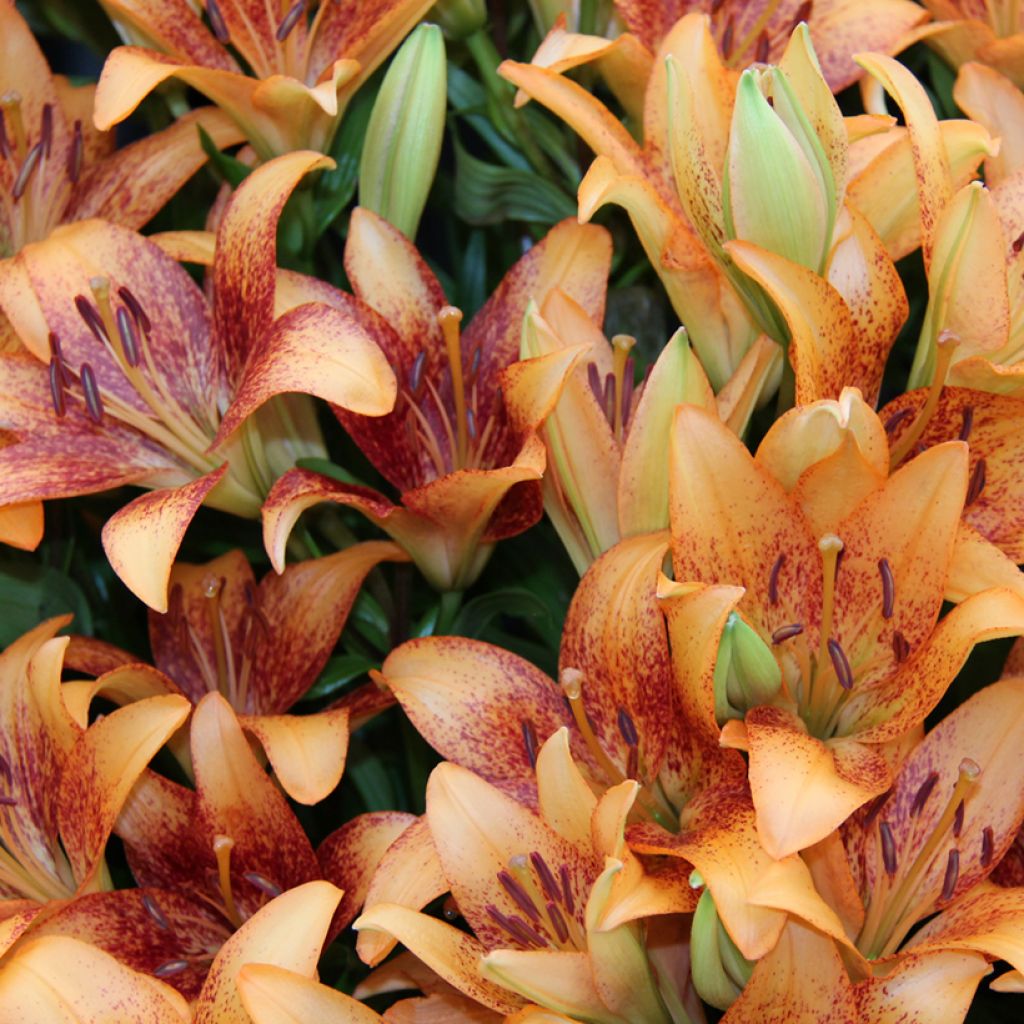

Lilium Longwood
Lilium Longwood
Lilium (x) longiflorum Longwood
Easter Lily, Trumpet Lily
Special offer!
Receive a €20 voucher for any order over €90 (excluding delivery costs, credit notes, and plastic-free options)!
1- Add your favorite plants to your cart.
2- Once you have reached €90, confirm your order (you can even choose the delivery date!).
3- As soon as your order is shipped, you will receive an email containing your voucher code, valid for 3 months (90 days).
Your voucher is unique and can only be used once, for any order with a minimum value of €20, excluding delivery costs.
Can be combined with other current offers, non-divisible and non-refundable.
Home or relay delivery (depending on size and destination)
Schedule delivery date,
and select date in basket
This plant carries a 6 months recovery warranty
More information
We guarantee the quality of our plants for a full growing cycle, and will replace at our expense any plant that fails to recover under normal climatic and planting conditions.
Would this plant suit my garden?
Set up your Plantfit profile →
Description
Lilium longiflorum 'Longwood' is a variety of Asian lily and Lilium longiflorum hybrid which is characterised by its vigour and its magnificent orange colour sprinkled with mahogany red. The plant blooms in late June, on a long, sturdy stem that will bear several large, upward-facing flowers. This variety seems less sensitive to cold than other hybrids in its group. It is an excellent cut flower, more durable than classic Asian lilies and its colour does not fade in the sun.
The 'Longwood' Lily is a horticultural creation. It is a bulbous plant with deciduous vegetation from the lily family. It is part of a group of hybrids derived from Asian species such as Lilium longiflorum and L. formosanum, both slightly frost-sensitive. These popular floristry varieties are known to be somewhat susceptible to viruses and severe frosts. In full bloom, 'Longwood' will reach between 80 and 1.10 m high, and its vegetation will spread over time, with the bulbs producing numerous bulblets through vegetative multiplication. Each floral stem bears 5 to 7 orange flowers measuring approximately 15 cm in diameter, facing towards the sky. They have a "sprinkled" pattern as if the burnt orange throat of the flower had been dusted with mahogany. At the centre of each flower, there are yellow stamens with mahogany anthers. The long, glossy, dark green leaves, are narrow and lance-shaped with parallel veins. The vegetation dries up in autumn, while the bulb enters a dormant state. The bulbs are reserve organs with fleshy, overlapping scales.
Hybrid longiflorum lilies such as 'Longwood' bloom after 12 or 13 weeks of cultivation, and it is possible to "force" them by planting them early in the season in a veranda or a warm room. The soil they are planted in should remain moist throughout the growth and flowering period. In the garden, you can associate 'Longwood' with non-invasive perennial plants (lupins, delphiniums) or low-maintenance shrubs such as Caryopteris 'Sterling Silver', bushy potentillas in assorted colours, and even with small ground cover roses. Winter protection, in the form of a thick mulch, may be necessary in very cold regions. Lilies appreciate having their feet in the shade, and companion plants will help prevent the stems from bending under the effect of the wind. The 'Longwood' lily will be superb in a flower bed, in a pot, and of course as a cut flower.
Plant habit
Flowering
Foliage
Botanical data
Lilium
(x) longiflorum
Longwood
Liliacées
Easter Lily, Trumpet Lily
Cultivar or hybrid
Other Lilies A to Z
View all →Planting and care
Lilium longiflorum 'Longwood' prefers moist and humus-rich soils, it does not like very dry, poor or poorly drained and very clayey soils. It can tolerate brief frosts of around -15°C. Plant it in the sun, in spring or early autumn, burying the bulbs 15 cm deep (about two to three times the size of the bulb) in a pocket of soil mixed with leaf compost. Surround them with a pocket of sand that will prevent rotting and attacks from slugs, while allowing them to grow more easily. Mark the planting location, as the vegetation only starts in April.
Growing it in a deep pot allows the plant to overwinter in an unheated, cool but frost-free room. This method also allows for "forcing" the bulb, that is, advancing the start of vegetation and the flowering period. To do this, the potted plant should be stored in a very bright and slightly heated room before the start of spring.
When the stems reach 30 cm high, discreetly stake them. If red lily beetles appear, treat them immediately, as their larvae can devour all the leaves. The most effective method is to catch them manually but be careful, they drop as soon as you touch them, so put a box underneath. After flowering, it is a good idea to cut the faded flowers halfway to keep the bed beautiful during summer.
Planting period
Intended location
Care
Planting & care advice
This item has not been reviewed yet - be the first to leave a review about it.
Similar products
Haven't found what you were looking for?
Hardiness is the lowest winter temperature a plant can endure without suffering serious damage or even dying. However, hardiness is affected by location (a sheltered area, such as a patio), protection (winter cover) and soil type (hardiness is improved by well-drained soil).

Photo Sharing Terms & Conditions
In order to encourage gardeners to interact and share their experiences, Promesse de fleurs offers various media enabling content to be uploaded onto its Site - in particular via the ‘Photo sharing’ module.
The User agrees to refrain from:
- Posting any content that is illegal, prejudicial, insulting, racist, inciteful to hatred, revisionist, contrary to public decency, that infringes on privacy or on the privacy rights of third parties, in particular the publicity rights of persons and goods, intellectual property rights, or the right to privacy.
- Submitting content on behalf of a third party;
- Impersonate the identity of a third party and/or publish any personal information about a third party;
In general, the User undertakes to refrain from any unethical behaviour.
All Content (in particular text, comments, files, images, photos, videos, creative works, etc.), which may be subject to property or intellectual property rights, image or other private rights, shall remain the property of the User, subject to the limited rights granted by the terms of the licence granted by Promesse de fleurs as stated below. Users are at liberty to publish or not to publish such Content on the Site, notably via the ‘Photo Sharing’ facility, and accept that this Content shall be made public and freely accessible, notably on the Internet.
Users further acknowledge, undertake to have ,and guarantee that they hold all necessary rights and permissions to publish such material on the Site, in particular with regard to the legislation in force pertaining to any privacy, property, intellectual property, image, or contractual rights, or rights of any other nature. By publishing such Content on the Site, Users acknowledge accepting full liability as publishers of the Content within the meaning of the law, and grant Promesse de fleurs, free of charge, an inclusive, worldwide licence for the said Content for the entire duration of its publication, including all reproduction, representation, up/downloading, displaying, performing, transmission, and storage rights.
Users also grant permission for their name to be linked to the Content and accept that this link may not always be made available.
By engaging in posting material, Users consent to their Content becoming automatically accessible on the Internet, in particular on other sites and/or blogs and/or web pages of the Promesse de fleurs site, including in particular social pages and the Promesse de fleurs catalogue.
Users may secure the removal of entrusted content free of charge by issuing a simple request via our contact form.
The flowering period indicated on our website applies to countries and regions located in USDA zone 8 (France, the United Kingdom, Ireland, the Netherlands, etc.)
It will vary according to where you live:
- In zones 9 to 10 (Italy, Spain, Greece, etc.), flowering will occur about 2 to 4 weeks earlier.
- In zones 6 to 7 (Germany, Poland, Slovenia, and lower mountainous regions), flowering will be delayed by 2 to 3 weeks.
- In zone 5 (Central Europe, Scandinavia), blooming will be delayed by 3 to 5 weeks.
In temperate climates, pruning of spring-flowering shrubs (forsythia, spireas, etc.) should be done just after flowering.
Pruning of summer-flowering shrubs (Indian Lilac, Perovskia, etc.) can be done in winter or spring.
In cold regions as well as with frost-sensitive plants, avoid pruning too early when severe frosts may still occur.
The planting period indicated on our website applies to countries and regions located in USDA zone 8 (France, United Kingdom, Ireland, Netherlands).
It will vary according to where you live:
- In Mediterranean zones (Marseille, Madrid, Milan, etc.), autumn and winter are the best planting periods.
- In continental zones (Strasbourg, Munich, Vienna, etc.), delay planting by 2 to 3 weeks in spring and bring it forward by 2 to 4 weeks in autumn.
- In mountainous regions (the Alps, Pyrenees, Carpathians, etc.), it is best to plant in late spring (May-June) or late summer (August-September).
The harvesting period indicated on our website applies to countries and regions in USDA zone 8 (France, England, Ireland, the Netherlands).
In colder areas (Scandinavia, Poland, Austria...) fruit and vegetable harvests are likely to be delayed by 3-4 weeks.
In warmer areas (Italy, Spain, Greece, etc.), harvesting will probably take place earlier, depending on weather conditions.
The sowing periods indicated on our website apply to countries and regions within USDA Zone 8 (France, UK, Ireland, Netherlands).
In colder areas (Scandinavia, Poland, Austria...), delay any outdoor sowing by 3-4 weeks, or sow under glass.
In warmer climes (Italy, Spain, Greece, etc.), bring outdoor sowing forward by a few weeks.






























